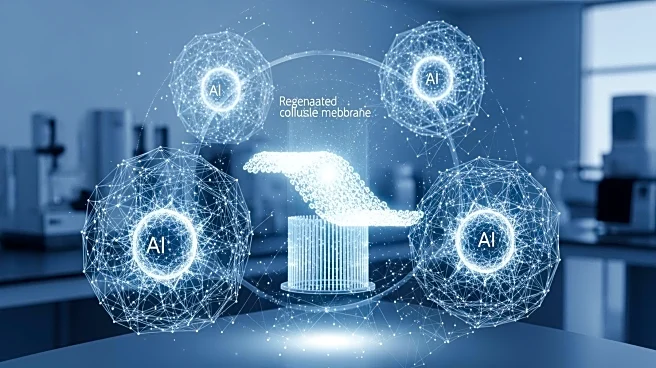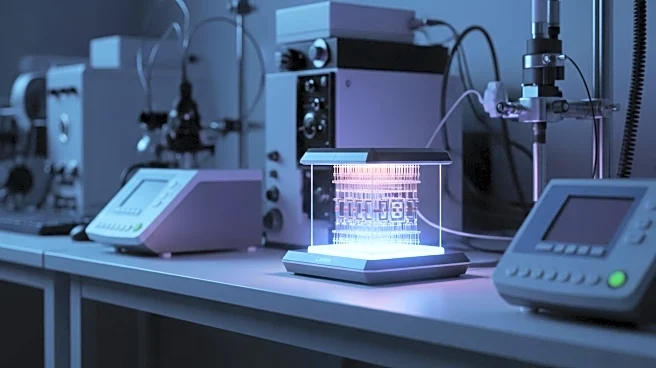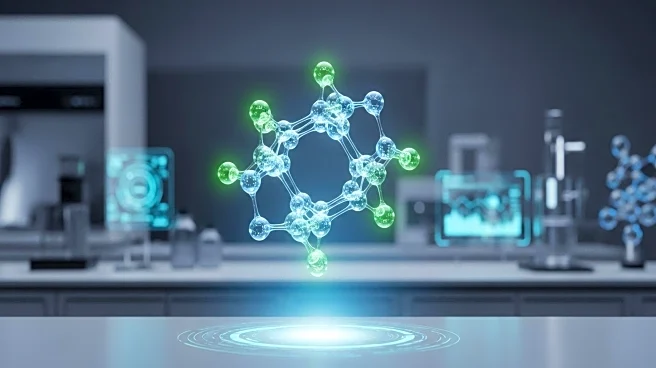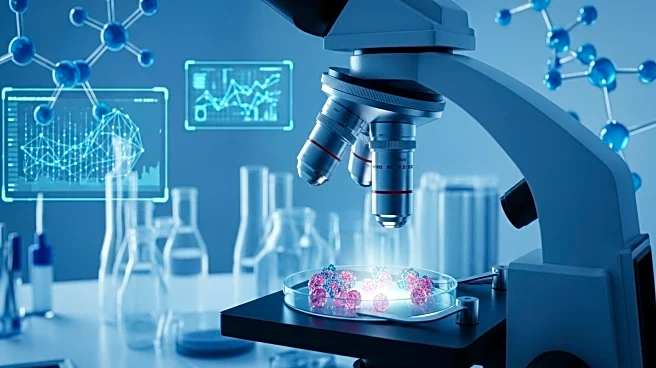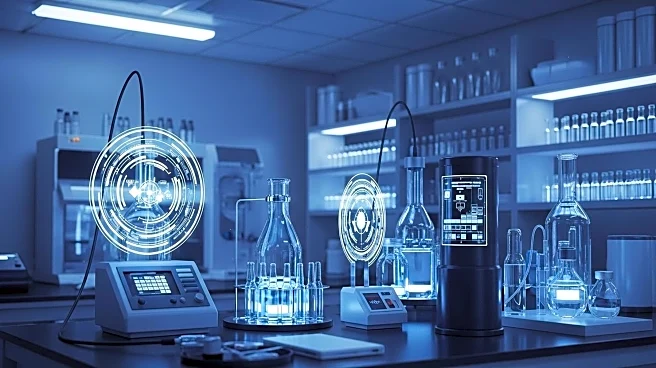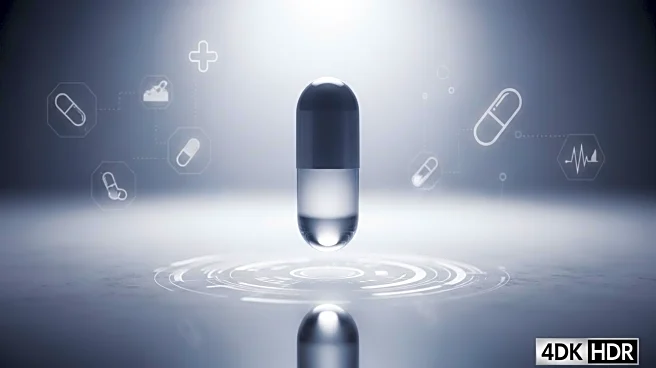What's Happening?
Lipid nanoparticles (LNPs) are increasingly used as drug delivery vehicles, with the market projected to grow significantly. Analytical ultracentrifugation (AUC), a technology invented nearly 100 years
ago, is being utilized to improve LNP characterization. AUC offers high-resolution data on LNP size, heterogeneity, and other critical attributes, overcoming limitations of traditional techniques like dynamic light scattering. This advancement is crucial for the development of LNP-based therapies, including mRNA vaccines and CRISPR-based gene editing.
Why It's Important?
The enhanced characterization of LNPs through AUC technology is vital for ensuring the quality, efficacy, and safety of LNP-based therapies. As LNPs are used in a growing number of applications, including cancer and cardiovascular treatments, precise characterization is essential for successful drug development. The ability to accurately measure LNP attributes can lead to more effective therapies and potentially reduce development costs. This technological advancement supports the broader adoption of LNPs in personalized medicine and gene editing.
What's Next?
The continued development and refinement of AUC technology are expected to further improve LNP characterization, facilitating the advancement of novel therapies. Cross-disciplinary collaboration will be crucial in simplifying workflows and enhancing efficiency in LNP research. Innovations in automation and analytical techniques will accelerate development and improve reproducibility, potentially bringing new therapies to market faster. The integration of LNPs in CRISPR-based gene editing therapies is likely to expand, offering new possibilities for personalized genetic treatments.
Beyond the Headlines
The use of AUC technology in LNP characterization highlights the importance of non-disruptive methods in drug development. As LNPs become more prevalent in various therapeutic applications, understanding their complex interactions and behavior is crucial. The advancement of AUC technology may lead to broader applications beyond LNPs, potentially impacting other areas of biophysics and molecular research. The growing interest in LNPs for CRISPR delivery underscores the potential for transformative breakthroughs in genetic medicine.


